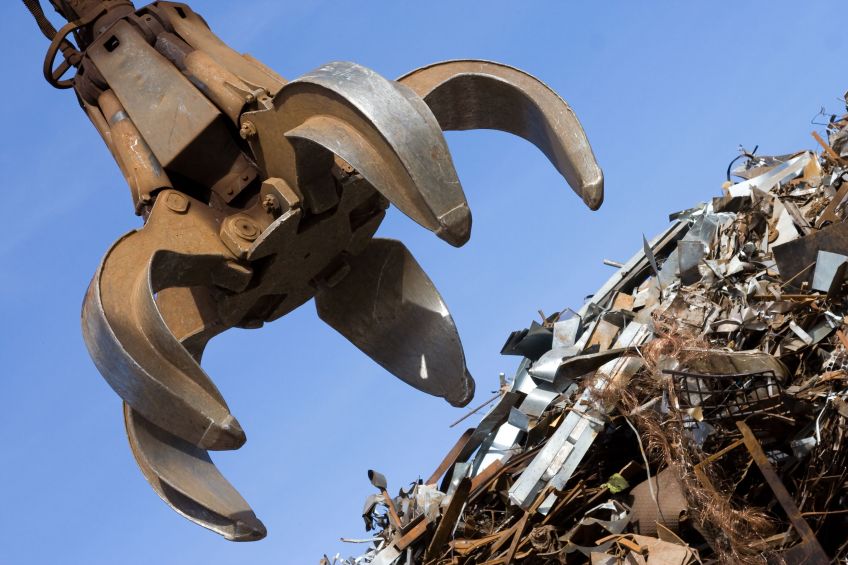Casting is an ancient way of shaping simple and complex parts out of metal. Casting uses specially designed molds into which molten metal is poured and allowed to cool, creating the exact shape of the interior of the mold.
While traditional types of casting processes are the ideal solution for many parts, when it comes to complex shapes, it is not the most effective process. The more intricate and detailed the shape, the harder it is to use standard casting techniques.
To resolve these problems, the lost foam process, or lost foam casting, offers a viable and cost-effective solution. This is the ideal solution for complex shapes and design elements, elevating the possibility of using casting for all types of parts and components for equipment, aerospace, automotive, and processing.
The Lost Foam Process Basics
Lost foam casting uses a polystyrene mold that is held in place with sand. The mold itself can be created through a low-cost injection molding system where millions of molds can be created from a single die.
The polystyrene molds can also be machined from solid blocks or carved using CNC technology and robotics for very low production costs per unit. These molds are created to exact tolerances for very precise final parts.
Next, the exterior of the polystyrene mold is covered with a refractory coating. This protects the molten metal and eliminates any sand from embedding in the surface of the cooling metal. As the molten metal is poured into the mold, the heat evaporates the polystyrene and allows any possible gas produced to move through the sand, resulting in rapidly developed parts and components that need little if any machining or secondary processes.


